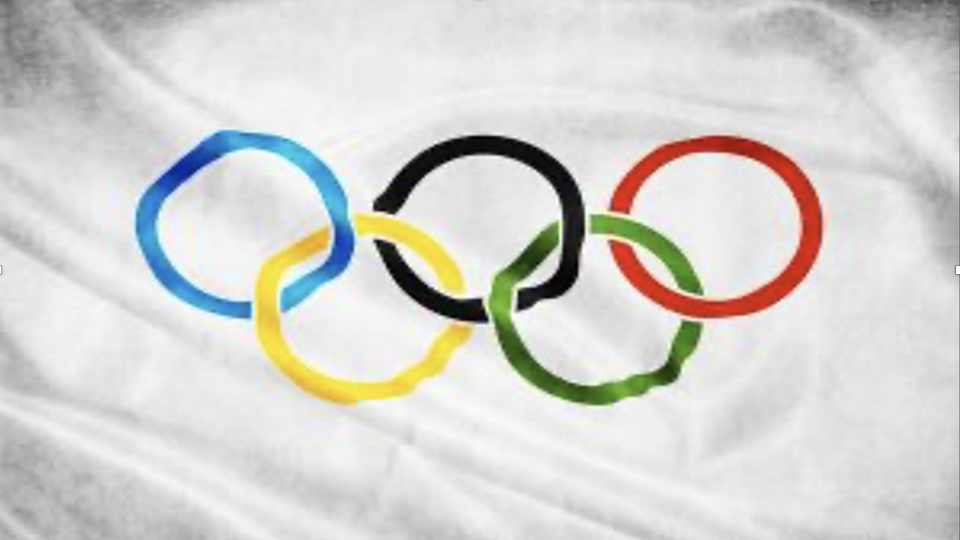The first Gay Olympics

When the first Gay Games were held in San Francisco in 1982, there were very few outlets for openly LGBTQ+ athletes, other than bowling alleys and billiards leagues associated with gay bars. What's more, popular stereotypes denied the athletes' very existence.
“You were either a drag queen or in the leather community—those were the stereotypes that were presented to the public at that time,” says Rick Thoman, a track and field athlete who competed in the first Gay Games. “They never thought that we were able to be athletic and be gay at the same time (Wood, 2021).”
The first Gay Games turned out to be a smashing success, leading to a boom in gay sports leagues throughout America and helping to pave the way for increased recognition for LGBTQ+ athletes.
Featured Content
Learn about the first Gay Games and how the tradition has continued, with the games being held every 4 years since 1982, in this engaging article.
References:
Wood, Stephen. (2021, August 27). Why the first gay olympics was a watershed moment in sports. History. https://www.history.com/news/first-gay-games-olympics
